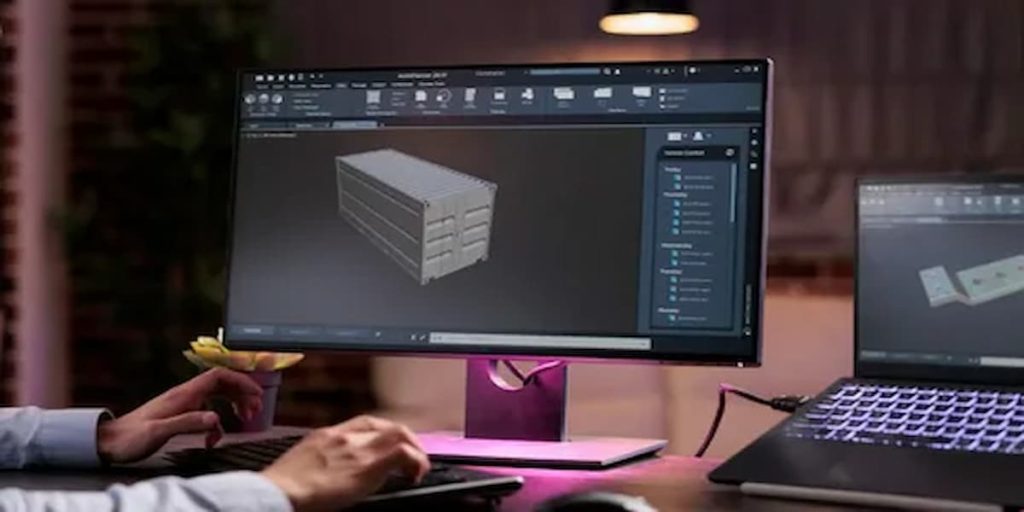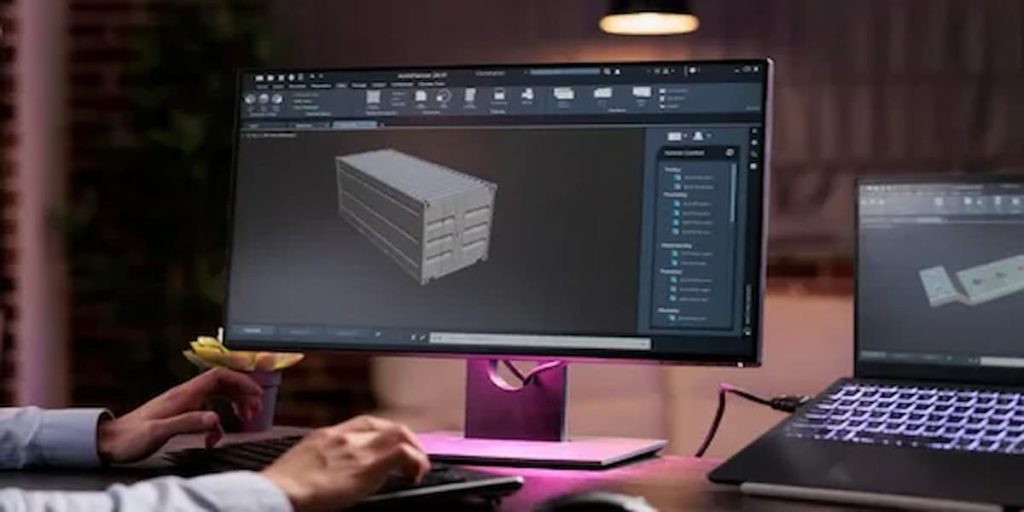
3D printing is a revolutionary technology that has been transforming the manufacturing industry over the past few years. From healthcare to aviation and aerospace, this cutting-edge technique, commonly referred to as additive manufacturing or AM, is transforming industries and is expected to continue its revolutionary path for a very long time. Let’s examine how 3D printing is transforming the manufacturing process. Excellent 3D modeling services in the UK that produce accurate and lifelike designs for merchandise, architecture, and artistic endeavors.
An Overview Of Additive Manufacturing’s Past
The market swiftly expanded to include a variety of additive manufacturing methods after the 1987 introduction of the first publicly accessible 3D printer. The cost of 3D printing in those early days limited the technology to expensive, low-volume manufacturing. This would hold true for a number of decades until a wave of innovation in the 2000s led to the creation of fused deposition modelling.
Hobbyists might now afford 3D printing thanks to this new technology. The 3D printing sector brought in more than $1 billion a year by 2014.
Democratizing The Production Process
The democratization of production is one of the most important ways that 3D printing is transforming manufacturing.
.On the other hand, 3D printing enables decentralized, on-demand production, regardless of whether you’re producing domestically or in Saltillo, Mexico, for instance.
In the healthcare industry, where numerous hospitals have set up centralized 3D capabilities for point-of-care production, this change is especially noticeable. A new era in customized healthcare solutions has begun with the approval of hundreds of medical devices created using 3D printing technology.
Why, In Your Opinion, Has 3D Printing Not Yet Become A Part Of Our Daily Lives?
Prototyping and tooling two applications it has already been incorporated into our daily lives; however, they are not particularly noticeable and don’t cause much disruption. Despite the fact that 3D printing has many benefits, we are still searching for applications that make sense for both home and commercial settings.
Other techniques for manufacturing, which are certainly less “modern” but far more optimized, are nevertheless in competition with at the moment. In actuality, despite the fact that the most revolutionary use of the technology is “direct manufacture,” or local production.
Quick Innovation And Prototyping
The process of developing products has been significantly accelerated by printing. Instead of weeks or months, manufacturers can now produce prototypes in a few hours or days.
Rapid design production and modification have encouraged innovation across industries, helping businesses remain competitive in quickly changing marketplaces.
Personalization And Customization
The adaptability of 3D printing technologies has created new avenues for manufacturing personalization and customization. 3D printing enables the economical creation of one-of-a-kind products, ranging from customized goods for consumers to medical implants.
Billion-Dollar Gain: The Development Of 3D Printing In Dentistry
The market for dental 3D printing equipment is anticipated to expand by $1.58 billion between 2022 and 2027. The new technical developments are the primary factor propelling the market’s expansion. Advances in 3D printing technology are lowering expenses, enhancing the printing procedure, and minimizing the invasiveness of dental procedures. Throughout the projection period, these trends are supporting the market’s expansion.
Establishing The Framework For Industry
Through single-part assemblies, additive manufacturing may drastically lower process complexity when compared with traditional manufacturing techniques.
Reduced Lead Times
Rapid prototyping is a good fit for 3D printing technology since it is excellent at making individual objects rapidly and affordably. For applications like these, 3D printing technology can therefore drastically cut lead times.
- Product creation,
- On-site manufacturing,
- Mass customization and serialization,
- Low-volume production,
- Made-to-order production.
Production On Demand
Businesses may quickly make any item or component with a fixed lead time and predictable cost structure by utilizing additive manufacturing technology. This capability’s greatest benefit is how much it streamlines field support along with product maintenance. Businesses don’t need to pre-produce parts or components because they can print them on-site.
Lower logistics expenses and possibly lower carbon emissions result from this as well. Businesses can rely on virtual stock, which eliminates the need for them to keep a sizable inventory of parts and products and the hassle of shipping them.
Final Words
In summary, 3D printing is revolutionizing production rather than merely altering it. This technology is changing the way we think about, create, and manufacture products by facilitating decentralized production, quick prototyping, customization, and sustainable practices.
Visit sohago for informative blogs.
You may also like
-
How Does Plywood HSN Code Decide the GST Rate for Traders and Manufacturers?
-
POS Terminal Type: Which Is Best for Your Business?
-
How to Choose Fixed and Portable Gas Monitors for Industrial Gas Detection?
-
Simplifying Trademark Registration in Hong Kong: What Businesses Need to Know
-
EPR Registration and Annual Returns Explained: Compliance Made Simple for Businesses

